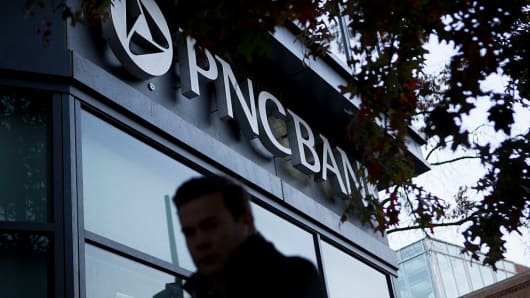The bank regulatory environment has seen dramatic changes in in the past year. The head of almost every bank regulatory agency has changed. Treasury Secretary Steve Mnuchin has released two "white papers" arguing for less banking regulation. And now, it appears that a bipartisan agreement in Congress could raise the asset hurdle at which regulation becomes more burdensome.
What's more, new banking technologies provide greater benefits to institutions with operational scale. That should make banks eager to acquire large customer bases through mergers - and in this environment the government is not going to stop them. I believe BB&T Corporation, Citizens Financial Group, Fifth Third Bancorp, Key Corp, M&T Bank, PNC Financial, Regions Financial, SunTrust Bank and U.S. Bancorp are among those on the prowl. The Midwest should see the most action as the industry tends to be more fragmented there than elsewhere in the country.
The regulatory environment has changed
First, consider the historic change in the bank regulatory sector. President Trump may have met with resistance in Congress to his legislative agenda but he has not been stymied in changing the banking regulatory establishment. Start with the Federal Reserve. Five new members are expected on the seven person Fed Board in 2018. This includes a new chairman, a new vice chairman, and a new head of bank regulatory activities. A new head is being sought for the Federal Deposit Insurance Corporation and four of the five directors on the board are to be changed.
Adjustments of this nature have already occurred or are about to occur at the Office of the Comptroller of the Currency, The Commodity Futures Trading Commission, the National Credit Union administration, and in early 2019, the Federal Housing Finance Agency. There is a new head at the Securities Exchange Commission and a new leader to be in place at the Consumer Financial Protection Bureau.


